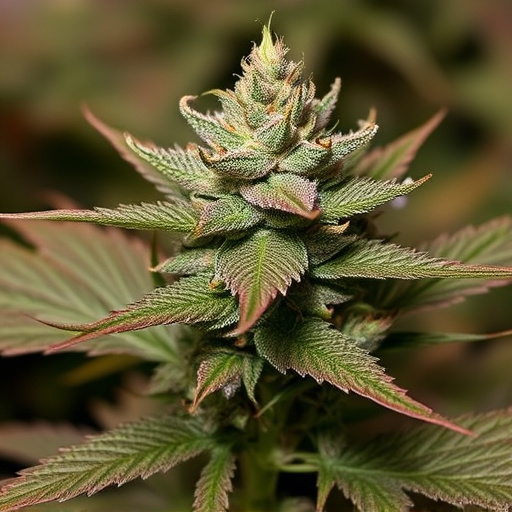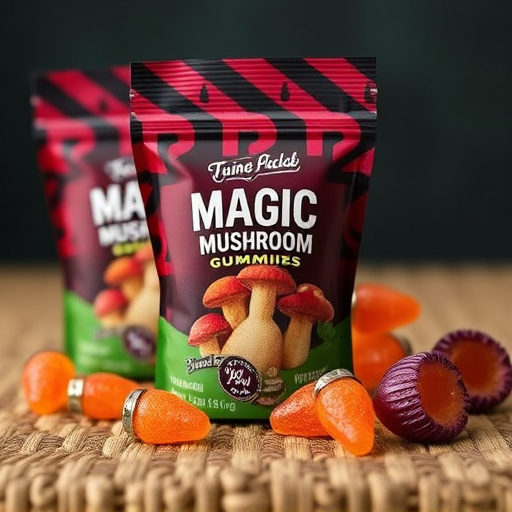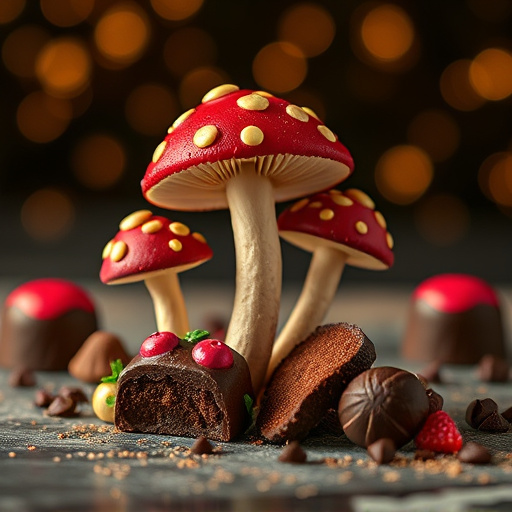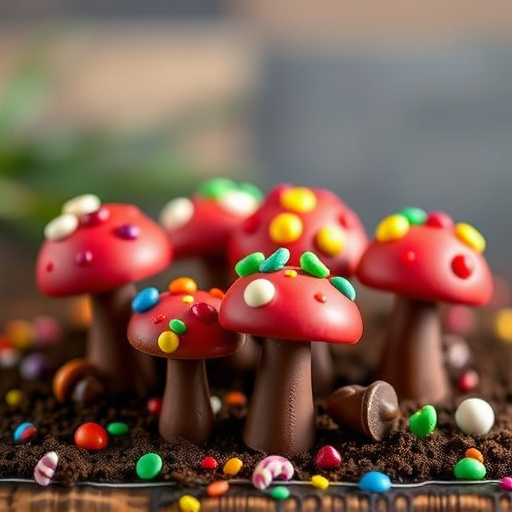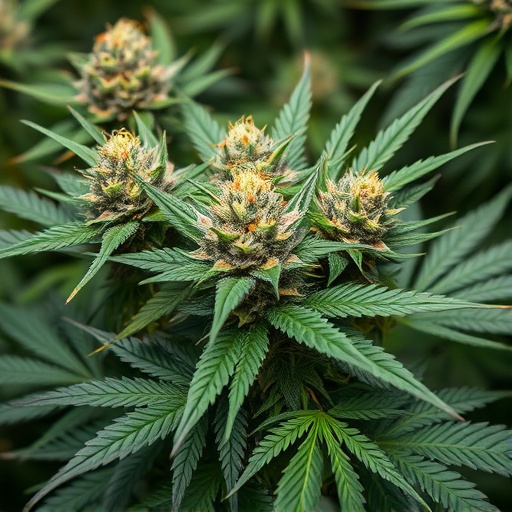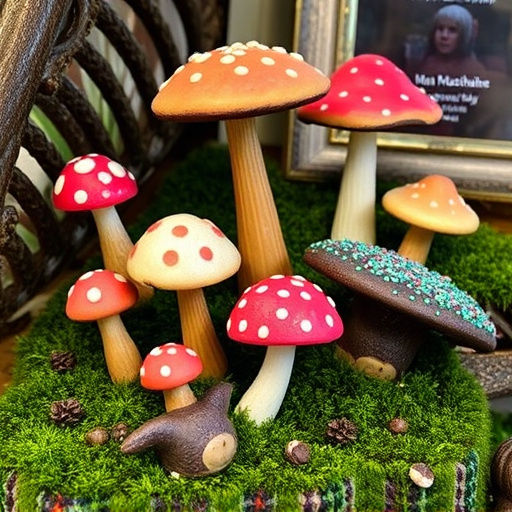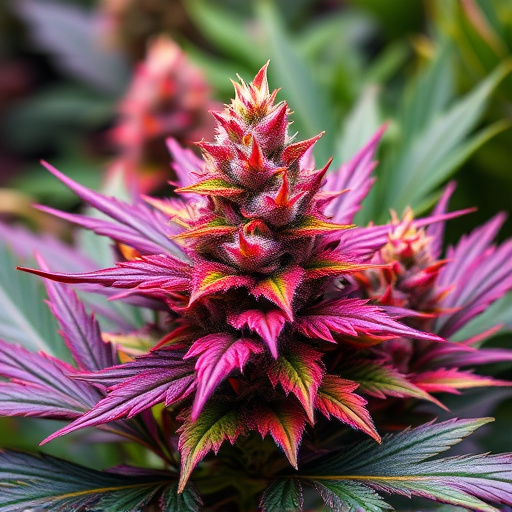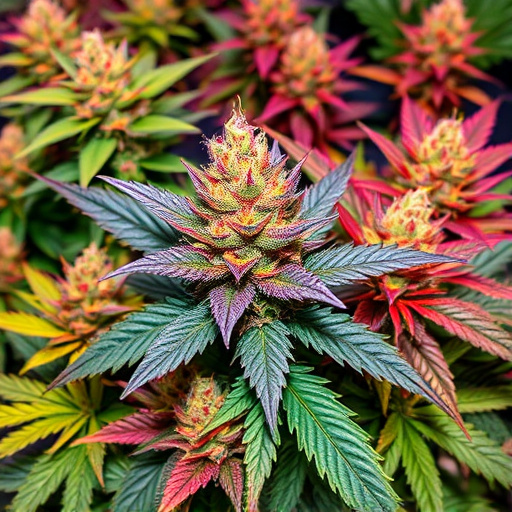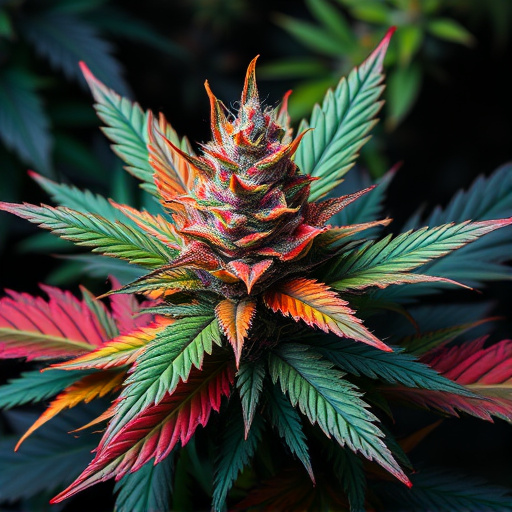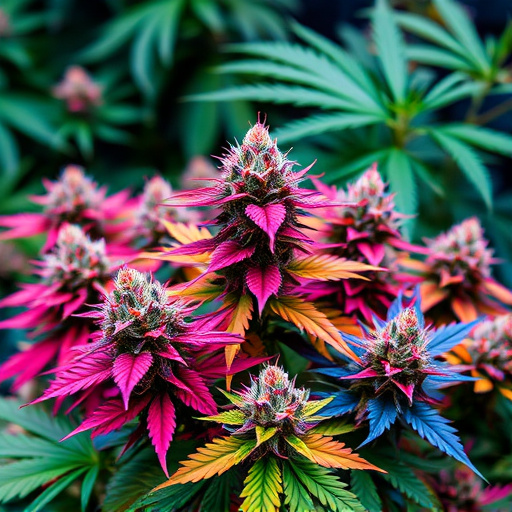To assess the quality of colorful marijuana strains, inspect flowers for curled/wilted leaves, spots, mold, discolored buds, or falling trichomes—all signs of degradation. Check for pest damage and ensure a sticky, dense texture indicating high potency. Proper storage practices preserve freshness, color, and flavor.
Tired of opening your favorite colorful marijuana strains only to find them spoiled? This guide helps you spot a bad cannabis flower. From visual inspection for mold and mildew to aromatic analysis for off-odors, we break down essential checks. Learn about the impact of terpenes on scent and discover best practices for storage to maintain freshness and quality. Ensure every hit is a good one by understanding what makes your strains last.
- Visual Inspection
- – Checking for mold, mildew, or discoloration
- – Assessing the overall texture and consistency
Visual Inspection
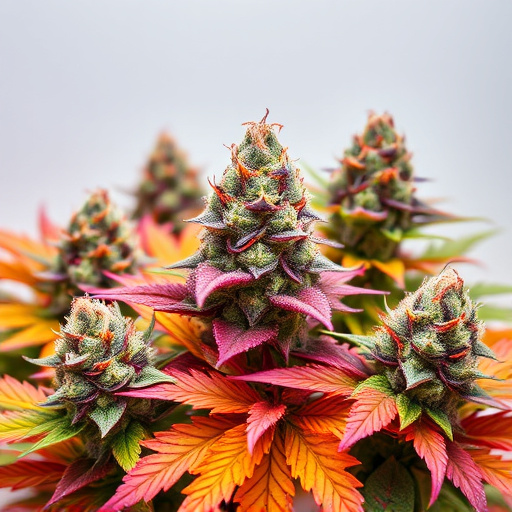
When evaluating whether cannabis flowers have gone bad, a thorough visual inspection is key. Start by examining the overall appearance. Curled or wilted leaves, especially in vibrant marijuana strains known for their colorful hues, can be a sign of age or poor storage conditions. Look for any spots, mold, or discoloration on the buds—these are clear indications that the cannabis has degraded and may no longer be suitable for consumption.
Pay close attention to the trichomes, those tiny hair-like structures that cover the flowers. As cannabis ages, the trichomes turn from a clear or milky appearance to a cloudy or amber color. If they’re discolored or easily fall off, it’s likely the cannabis has gone bad. Additionally, check for any signs of pest damage, such as small holes or bugs themselves, which can compromise the quality and safety of the product.
– Checking for mold, mildew, or discoloration
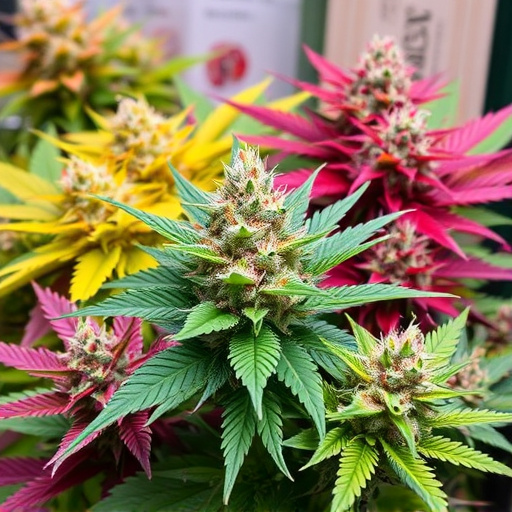
When evaluating cannabis flowers, one of the most crucial visual indicators of quality is the absence of mold, mildew, or any signs of discoloration. These issues can not only affect the taste and aroma of your favorite colorful marijuana strains but also indicate a potential health hazard if consumed. Mold and mildew thrive in damp environments, so always inspect the buds for any moisture-related damage. Look for musty odors, which often accompany these problems, and check the surface of the flowers for any discolored spots or patches.
Regularly examining your cannabis blooms can help you ensure that you’re getting top-quality product. Proper storage in airtight containers at room temperature, along with good ventilation, can significantly reduce the risk of mold growth and keep those vibrant colors intact.
– Assessing the overall texture and consistency
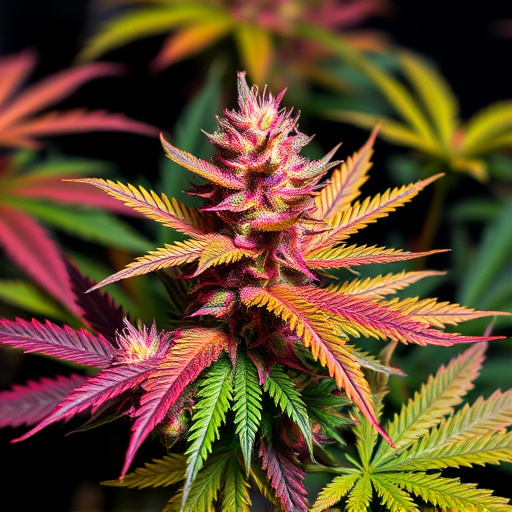
When evaluating whether cannabis flowers have gone bad, one of the first things to consider is their overall texture and consistency. High-quality, fresh marijuana strains typically feature a sticky, dense texture with resinous glands that give it a tacky feel. These glands are what produce the plant’s potent compounds, so their presence indicates freshness. If the flower feels dry, brittle, or crumbly, it’s a strong sign of spoilage.
Among the many colorful marijuana strains available, those with a rich terpene profile often have distinct textures to match. For instance, sativa-dominant strains might feel more crisp and airy, while indica varieties may be denser and stickier. Regularly checking the consistency can help you ensure you’re getting top-notch buds, maximizing your experience, and confirming that your cannabis is still at its peak potency and flavor.
When evaluating the quality of cannabis flowers, especially sought-after colorful marijuana strains, a thorough visual inspection is key. Look for any signs of mold, mildew, or discoloration, as these are clear indicators that the product has gone bad. Additionally, assess the texture; healthy cannabis should have a consistent, firm feel. By carefully observing these traits, you can ensure you’re investing in top-tier flowers, preserving both potency and flavor.
